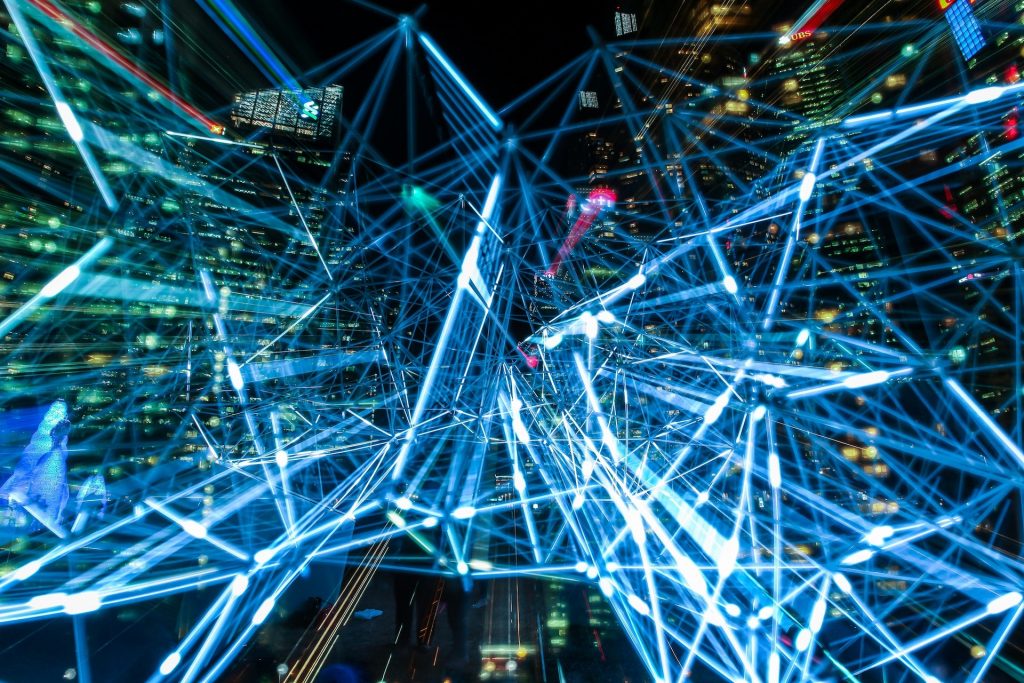Artificial Intelligence has transformed the way in which humans make decisions. Despite this, it can be influenced by both societal and human biases before they are implemented on a wide basis. In most instances, the algorithm is not the problem but instead, the data becomes the problem.
As it currently stands, bias in AI is being discussed on a wide scale when it seems as though it would be the one solution that could overcome human bias. Despite this, the AI models are designed by humans and therefore contain human biases. As realistic or human-like AI might be, it is only as accurate as the data it uses, all of which could be flawed. Therefore, those that design it, they can include their biases not forgetting the data engineers and data scientists.
Even those algorithms that are heavily analysed, it’s possible for them to be influenced by bias even before the data is collected while this is also likely to happen at the process where deep-learning takes place. With the correct approach, AI can be developed, used and maintained to a level where they can help humans to make decisions that are not biased. However, this will then require a process that is both reliable and can be mirrored specifically during this process.
Enhanced Collaboration Can Help to Remove Bias
The use of algorithms that work in tandem with human decision-makers will be required to help to seek out and reduce the impact of human biases in AI. The results will need to be analysed in order to identify potential differences.
To improve accuracy and mitigate the risk of bias, the majority of algorithms are based on significant datasets. The bigger the field and datasets, the more likely that biases will not be present. In contrast to this, a dataset that is smaller is likely to be biased.
In order to reduce bias, AI developers should not take control of the process while the right tools should be used to identify and remove bias. What this requires is business leaders and executives to work together to ensure there are ethical standards in place as well as best practices.
Understanding the Importance of Awareness
It’s crucial for organisations to analyse their algorithms in order to identify biases and remove any that they find. Therefore, how, when and where the algorithms are used should be common knowledge across the entire organisation.
Practitioners and researchers should have access to more data that is made readily available by business leaders. This will help them to undertake work on these issues while also considering the privacy issues and risks.
Alongside understanding the algorithms internally, it’s important to work with customers and clients too, in order to obtain feedback. This will ensure that any information that was marketed to them incorrectly such as emails and information from chatbot can be identified.
Regular Auditing and Testing
It seems as though organisations are going to be required to carry out audits regularly to help protect themselves against those biases found in algorithms and decision making. This will ensure that algorithms are clean and free from bias before they deploy them and also during their use. This constant monitoring will help to streamline the entire process and help to eliminate the problems.
Furthermore, businesses should also seek ways of using the correct platforms and tools that will provide them with metrics that are both relevant and transparent. Data collection should also become the main focus and it should be improved through thorough sampling while data and models should be audited by third parties.
Improve Bias With Diversity
Bias is likely to decrease if those humans who are carrying out the tuning and auditing are from a diverse background. This will involve gender diversity as well as their race, geography and ideology. The more people that input into the algorithms the more likely they are to be unbiased. Along with this, they will also have the scope to identify a range of biases when they come across them in datasets and solutions. As long as humans play a role in AI then bias will be identified. Despite this, the utilisation of tools and processes can reduce AI bias. If AI is correctly trained by people and tuned correctly with targeted algorithms then it can be used to help reduce the issue of bias between humans. To mitigate bias, the only solution is to remove humans from the development, deployment and maintenance of AI.

